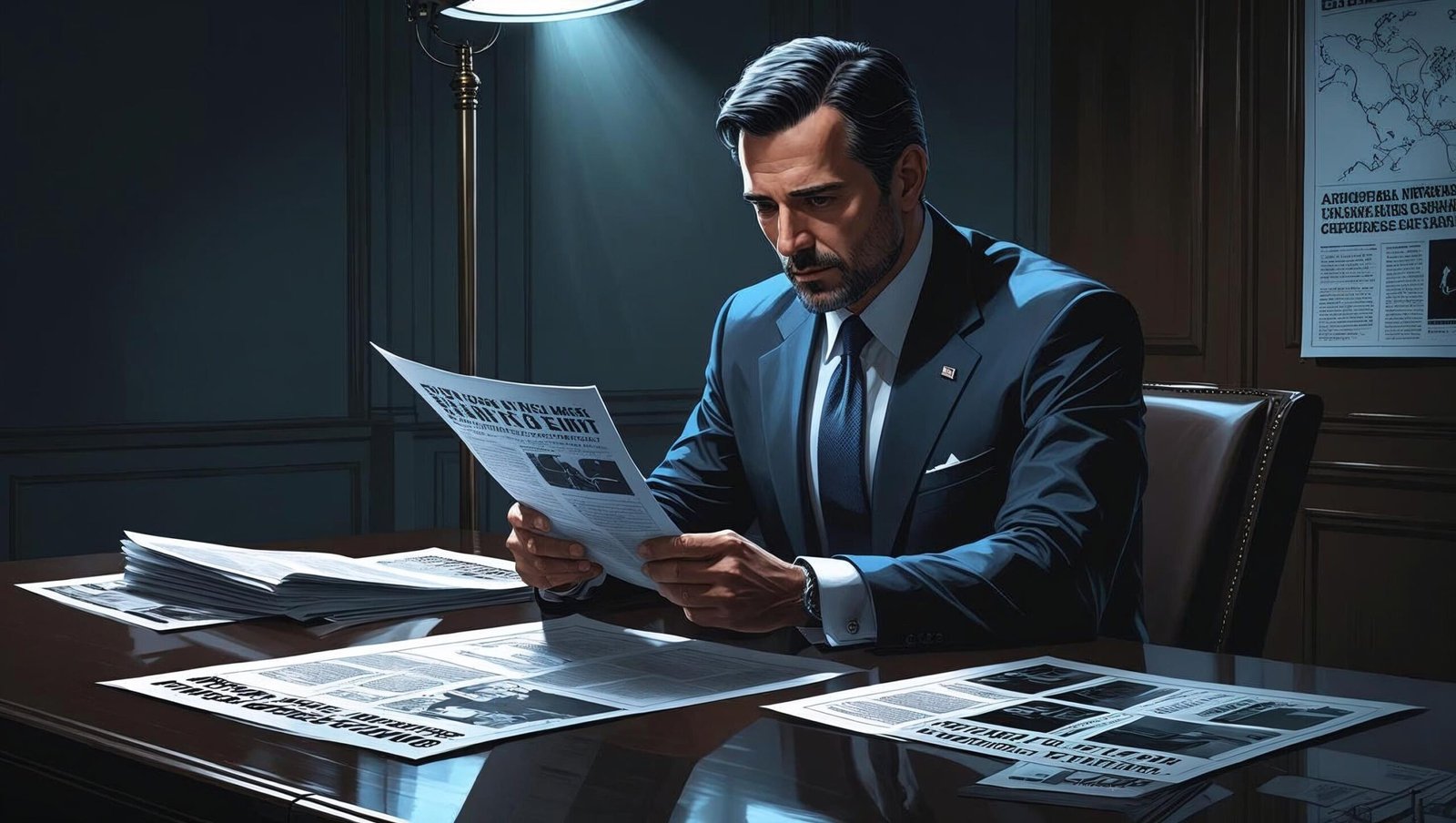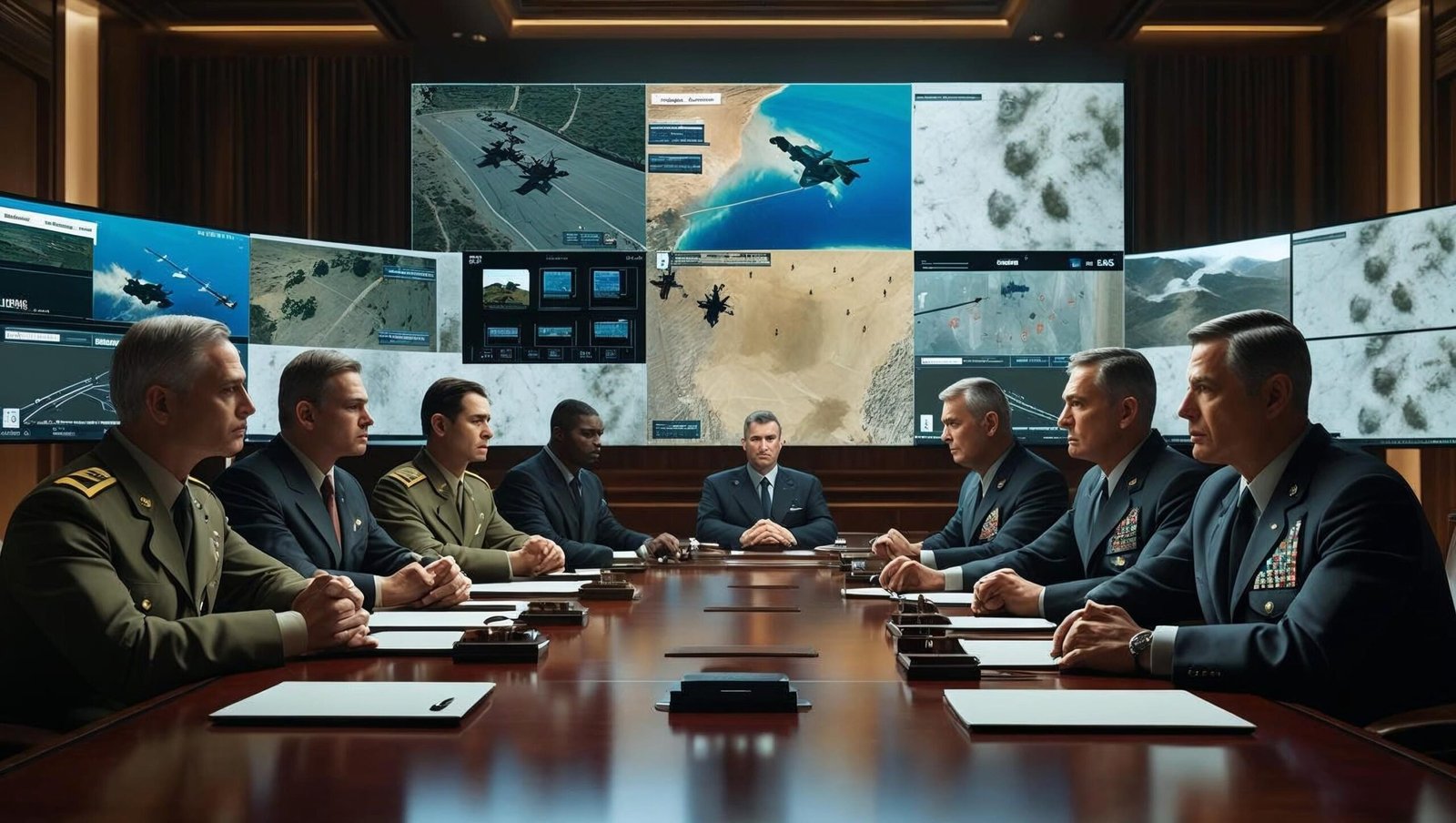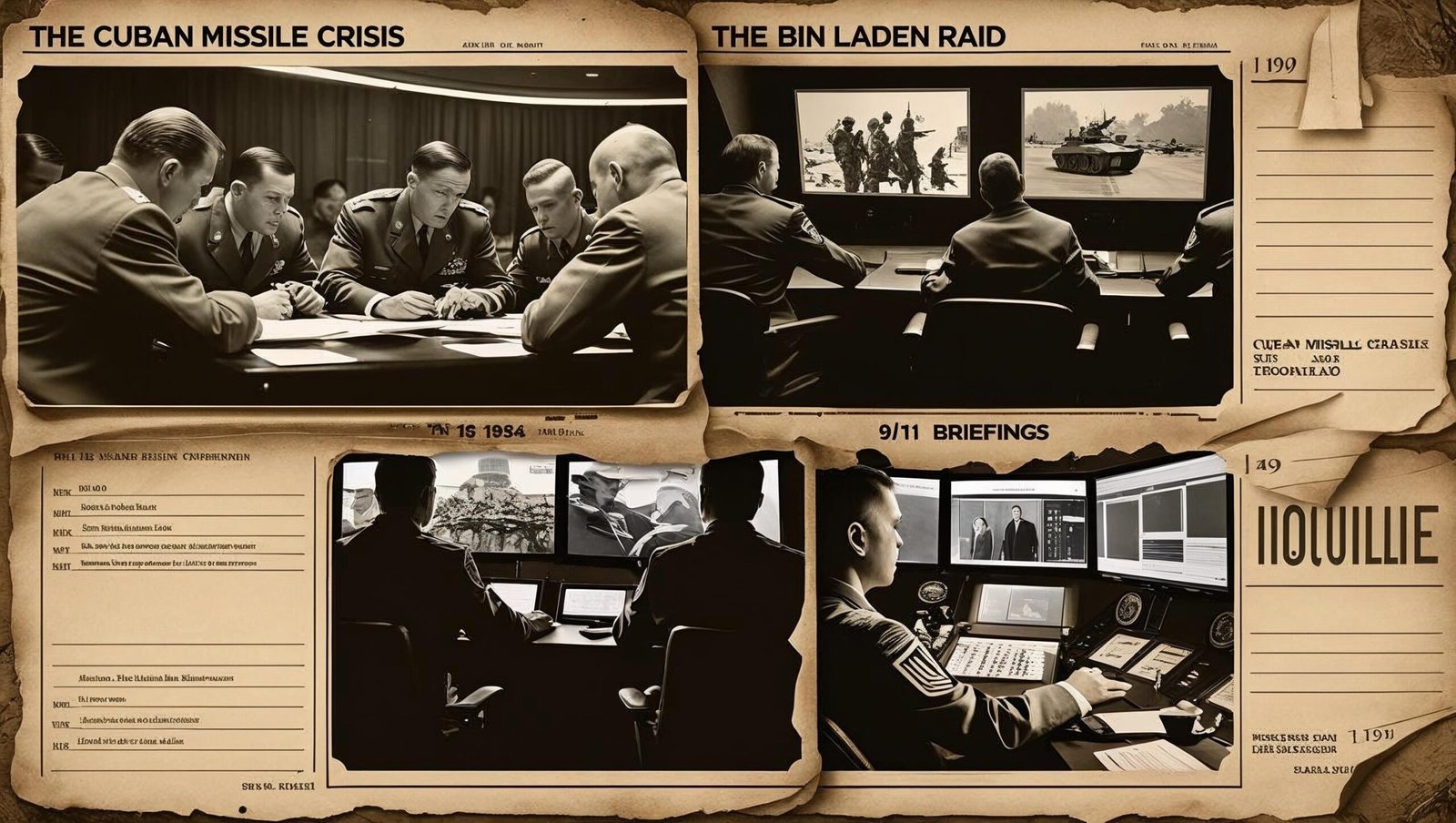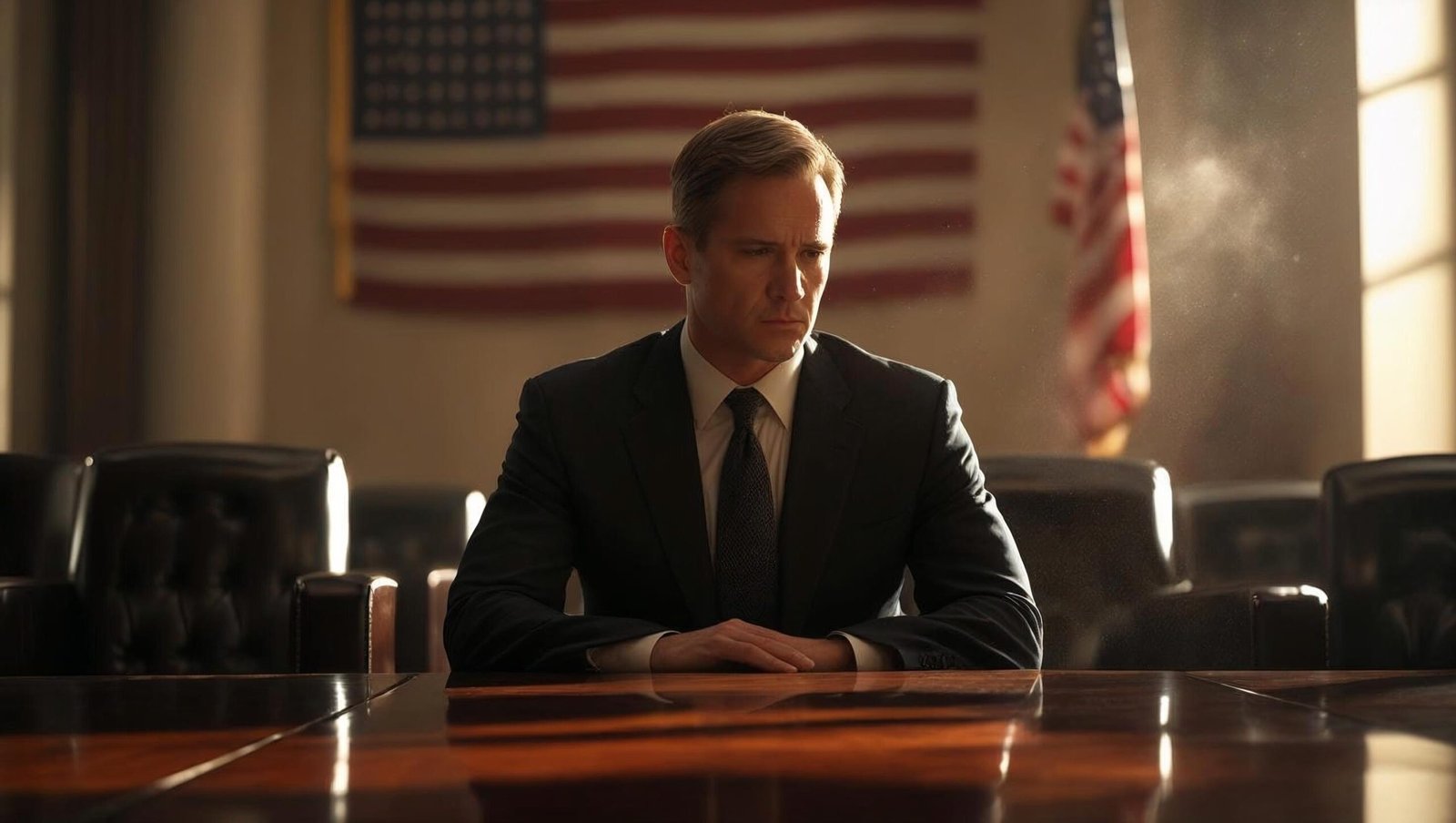The Situation Room Book Review: 7 Shocking Revelations That Will Shake Your Faith in Power
Introduction
The Situation Room book review by George Stephanopoulos with Lisa Dickey is not just an exploration of a place—it is a gripping narrative of power, crisis, and decision-making under extreme pressure. As readers, we are offered a rare window into one of the most secure and consequential chambers in the world, where leaders decide the fate of nations.
This blog post dives deep into The Situation Room book review, unearthing the most compelling revelations, untold stories, and haunting truths buried within this national nerve center. Prepare yourself for a journey through a space where history is made—not always with calm, but often amidst chaos.

1. The Situation Room: Where Calm Meets Crisis
The Situation Room book review must begin with its foundational description: the Room itself. This nerve center, nestled deep within the West Wing, serves as the operational heartbeat of American national security. Yet, as Stephanopoulos reveals, it is as much a human theatre as it is a technological marvel.
Leaders enter with polished statements but are quickly stripped to their raw selves when real-time footage, life-or-death decisions, and relentless timelines confront them. The Room doesn’t judge, but it does expose. And the decisions made here echo far beyond the iron walls.
2. Presidential Pressure: Decisions That Changed History
Through the lens of The Situation Room book review, readers witness the weight borne by Presidents. From Kennedy’s Cuban Missile Crisis to Obama’s green light on the Bin Laden raid, every U.S. president has walked into this chamber knowing that one decision could trigger global consequences.
Stephanopoulos recalls Clinton’s moral burdens during the Kosovo war and Bush’s tense moments after 9/11. The Room becomes a crucible for leadership, revealing whether presidents act from courage, fear, ideology, or instinct. It is here where their legacies are forged—or shattered.
3. The Human Factor: Flaws Behind the Flags
One of the most haunting elements in The Situation Room book review is its raw honesty about human fallibility. This is not just a room of elite thinkers; it is a stage for fallible mortals. Stephanopoulos recounts moments of miscommunication, misjudgment, and even panic.
He narrates how technology sometimes failed, or how groupthink clouded objective judgment. The presence of egos, rivalries, and biases—even in moments of global importance—proves that the Room, for all its mystique, is as susceptible to human error as any battlefield.
4. Moments of Moral Reckoning
The Situation Room book review doesn’t shy away from ethical dilemmas. Some of the Room’s darkest moments involved choices between competing evils. Do you sacrifice a few to save many? Do you launch a drone knowing there’s collateral damage?
Stephanopoulos describes one such moment during the Obama administration when civilian casualties haunted decision-makers. The memoir forces readers to confront the uncomfortable truth: in war and diplomacy, morality often wears a gray robe. In the Situation Room, clarity is rare—and costly.
5. Women in the Room: Breaking Invisible Barriers
Although dominated historically by men, The Situation Room book review honours the increasing presence and impact of women within this powerful space. From Condoleezza Rice to Susan Rice, from Avril Haines to Jen Psaki, these women brought nuance, strategy, and strength to high-stakes deliberations.
Stephanopoulos celebrates their competence but also acknowledges the challenges they faced in earning respect in a room where testosterone had long set the tone. This portion of the memoir offers a powerful reminder: gender diversity enriches national security dialogue, often offering a more humane perspective.
6. The Power of Information—and Its Dangers
Another vital takeaway from The Situation Room book review is the double-edged sword of intelligence. Surveillance drones, satellite imagery, cyber warfare reports, and real-time data flow into the Room every minute. But more information does not always equate to better decisions.
Stephanopoulos narrates how, in some cases, an overload of conflicting intelligence confused rather than clarified. The memoir is a sobering reflection on the limits of data-driven decision-making, emphasizing that even perfect information cannot override flawed human judgment.

7. From War Rooms to Crisis Centers: The Evolution of the Situation Room
The Situation Room book review chronicles how this chamber evolved from a Cold War command center into a modern crisis management hub. Originally born from JFK’s need for rapid information after the Bay of Pigs fiasco, the Room has since morphed into a high-tech fortress.
Stephanopoulos shows how the Room’s architecture, protocols, and even culture have transformed. From rotary phones to quantum encryption systems, from single-line summaries to AI-generated analytics—the Room now reflects both the promise and peril of modern geopolitics.
How The Situation Room Reflects America’s Shifting Values
One of the most profound undercurrents throughout The Situation Room book review is the slow but certain transformation of American values. Stephanopoulos doesn’t just list events; he maps how priorities within the Room mirror societal shifts—from the Cold War’s zero-sum paranoia to modern-day complexities involving climate change, AI, pandemics, and cyber warfare.
During the Kennedy era, the world seemed to turn on nuclear buttons and binary ideologies. In the modern Room, as the review unfolds, discussions are no longer just about missiles or terrorists—but about the ethical limits of surveillance, the long-term implications of drone strikes, or even foreign influence campaigns via social media. This shows a subtle evolution from reactive decision-making to anticipatory governance.
The emphasis placed on long-term thinking in The Situation Room book review is refreshing. It’s a call to all future policymakers: power is not just in choosing what’s urgent, but also in identifying what’s important.
Deep State or Deep Responsibility?
In recent times, phrases like “deep state” have become political lightning rods. However, The Situation Room book review offers a much-needed counterpoint to conspiracy theories. It shows that while the national security apparatus is indeed large, it is not monolithic nor malevolent.
Stephanopoulos paints a picture of professionals—often apolitical—working under immense pressure to preserve continuity, stability, and preparedness. They aren’t shadowy manipulators; they’re analysts, advisors, strategists, and even young interns, all caught in the gravity of real-world events.
What The Situation Room book review subtly challenges is the notion that national security is a spectacle. In truth, it’s a burden. It is about getting ahead of chaos, sometimes quietly, without the luxury of public approval.
Crises Without Cameras
While the Room is often associated with headline moments—missile threats, terrorist attacks, or covert operations—many of its most intense hours have never made the news. This is where The Situation Room book review proves its real value.
The book details private standoffs with foreign leaders, delicate negotiations with allies, and dry runs of possible catastrophes. These events, though untelevised, form the backbone of diplomatic and military readiness. It is a reminder that not all heroes wear uniforms—and not all battles are televised.
One particular episode in The Situation Room book review describes a simulation about the collapse of an allied government due to civil unrest. No action was ultimately required, but the decisions and contingency plans created in that moment later saved lives. Such moments reinforce the reality that the Situation Room is often a crucible for “what ifs” that may never occur—but must always be imagined.
The Interplay of Personality and Power
What makes The Situation Room book review especially compelling is how it places individuals at the centre of institutional power. Power structures matter, but personalities within those structures often tip the balance in moments of uncertainty.
From the passionate assertiveness of General Colin Powell to the deliberate calm of Barack Obama, Stephanopoulos emphasizes how personal demeanour, verbal tone, and even facial expressions in the Room can influence outcomes. Sometimes, the right word from the right person diffuses tension. At other times, misinterpreted silence has escalated situations.
This portion of The Situation Room book review is particularly important for leadership studies. It humanizes geopolitics and shows that leadership is not about omniscience—it’s about managing perception, emotion, and momentum.

When Silence Screams Loudest
There are moments, Stephanopoulos writes, when the entire Room falls silent—not due to indecision, but from the weight of understanding. These pauses, he explains, are not empty. They are often louder than arguments. They hold unspoken acknowledgments of gravity, of fear, or even of futility.
The Situation Room book review includes one such chilling instance during the early hours of 9/11. No one needed to speak. Everyone knew the world had changed. What followed was not panic, but a cold recalibration of national reality.
Such passages remind the reader that while this Room is about action, it also demands introspection. The most powerful decisions are not always those screamed with confidence, but those made in reverent silence.
The Generational Burden
In one of the most emotional chapters of The Situation Room book review, Stephanopoulos reflects on the burden passed from one generation of decision-makers to the next. Today’s advisors often rely on lessons from past mistakes—Vietnam, Iraq, Rwanda—etched into protocols, briefings, and instincts.
But those lessons come with emotional baggage. The memoir reveals that many senior leaders carry the guilt of their predecessors’ errors like a second skin. A drone strike hesitated, a rescue mission re-planned, or a war terminated early—all shaped not just by current facts, but by historical ghosts.
This revelation in The Situation Room book review drives home the idea that the Room is not just a physical space. It is an intergenerational memory bank, saturated with stories, regrets, and wisdom that bleed into each new decision.
What the Public Doesn’t Know
While much of what occurs in the Situation Room is highly classified, The Situation Room book review carefully walks the tightrope between revelation and responsibility. Stephanopoulos avoids breaching national security but still manages to offer insight into just how much the public doesn’t see.
He mentions real-time calls from foreign operatives, surveillance footage the media never accesses, and even threats that were neutralized without the public ever knowing. These details force readers to re-evaluate what they consider “truth” in geopolitics.
Not everything is a conspiracy. But everything is layered. And The Situation Room book review does an admirable job of explaining those layers without resorting to sensationalism.
A Wake-Up Call for Future Generations
Perhaps the most important message embedded within The Situation Room book review is this: future generations must be prepared to face challenges that are not yet imaginable. The Room is not a relic—it’s a rehearsal stage for the future.
Stephanopoulos ends his memoir not with closure but with concern. As AI, biotechnology, space warfare, and climate-induced conflicts loom, he urges a deeper investment in ethical leadership, cross-disciplinary training, and public trust.
For students, educators, and policymakers alike, The Situation Room book review serves as both a guide and a warning. The power to shape history will always exist—but so will the temptation to misuse it.
The Role of Technology in Modern Command
Beyond historical anecdotes, The Situation Room book review is also a meditation on how technological advancement reshaped power dynamics. Real-time visuals from war zones, AI-assisted threat analysis, and biometric verification now dominate the scene.
But with more power comes more risk. Cybersecurity threats, surveillance ethics, and AI misjudgments now haunt the very room designed to ensure safety. The memoir subtly warns us that in chasing efficiency, we must not abandon caution.

Psychological Tolls: The Invisible Scars
Another poignant element in The Situation Room book review is the psychological burden borne by its occupants. Stephanopoulos reflects on sleepless nights, haunting images, and the guilt that lingers long after a decision is made.
He recalls moments where senior advisors broke down, physically and emotionally drained. The Room doesn’t forgive. It records. Every camera angle, every uttered word—archived forever. The burden of responsibility leaves invisible scars few outside can comprehend.
Behind Closed Doors: Leaks and Loyalties
One of the most controversial aspects covered in The Situation Room book review is the issue of confidentiality. Leaks from within this sacrosanct chamber have, at times, endangered operations and lives. Stephanopoulos offers firsthand insights into how damaging even a single whispered secret can be.
Loyalties are constantly tested. Internal factions sometimes prioritize political advantage over national security. The memoir reminds us: even in the most secure room, human ambition can pierce walls more effectively than any wiretap.
The Media’s Role: From Spectators to Stakeholders
As a journalist turned White House Communications Director, Stephanopoulos brings a unique angle to The Situation Room book review—that of the media’s entanglement. He reflects on the uneasy dance between transparency and security.
When should the press be informed? What happens when classified material gets published? Who decides what the public should know? These are ethical questions the memoir boldly tackles, exposing the fragile balance between free press and national interest.
Final Thoughts on Leadership
Ultimately, The Situation Room book review is not just about events or architecture. It is about people in power—and the enormous costs of that power. Stephanopoulos reveals that leadership is not about having answers but about making impossible choices under immense pressure.
What separates great leaders from good ones is not intellect, but clarity in chaos. In this crucible, some rise to greatness while others falter. And the Situation Room—silent and watchful—remains the ultimate judge.
Conclusion
In this in-depth analysis of The Situation Room book review, we have uncovered 7 shocking revelations and dozens of critical insights that will forever change how you view national leadership. This is a memoir that is part thriller, part tragedy, and entirely essential.
George Stephanopoulos and Lisa Dickey have offered readers more than a glimpse behind closed doors—they’ve given us the key. Whether you’re a student of politics, a concerned citizen, or a curious reader, this memoir will challenge your perception of power, crisis, and history.
For more insightful reviews and critical takes on transformative nonfiction, visit shubhanshuinsights.com.

Frequently Asked Questions (FAQs)
Q1. Who is the author of The Situation Room?
George Stephanopoulos, with co-author Lisa Dickey, wrote The Situation Room. George is a veteran political commentator and former White House Communications Director under Bill Clinton.
Q2. Is The Situation Room based on real events?
Yes. The book is a nonfiction memoir recounting real political events, crises, and behind-the-scenes decision-making that took place inside the White House Situation Room.
Q3. What makes The Situation Room book review unique?
The review offers rare insights into historical decision-making processes from someone who witnessed them firsthand. It’s an emotional, intellectual, and political exploration all at once.
Q4. Why is the Situation Room important?
It is the U.S. government’s crisis command center where top leaders receive intelligence, analyze threats, and make high-stakes decisions affecting national and global security.
Q5. Where can I read more book reviews like this?
Visit shubhanshuinsights.com for more long-form, SEO-optimized reviews on powerful nonfiction titles.
Powerful Comment
-
“Absolutely riveting breakdown of the book—gave me chills reading about real-time decisions made behind those doors!”
-
“Shubhanshu, this is one of the best and most detailed reviews I’ve read on this memoir. You brought it alive!”
-
“I never realized the emotional and psychological toll the Situation Room imposes. Great work highlighting that.”
-
“This made me want to pick up the book right now. Thanks for the in-depth perspective!”
-
“Your analysis adds so much more depth than the back cover blurb. Exceptional writing!”